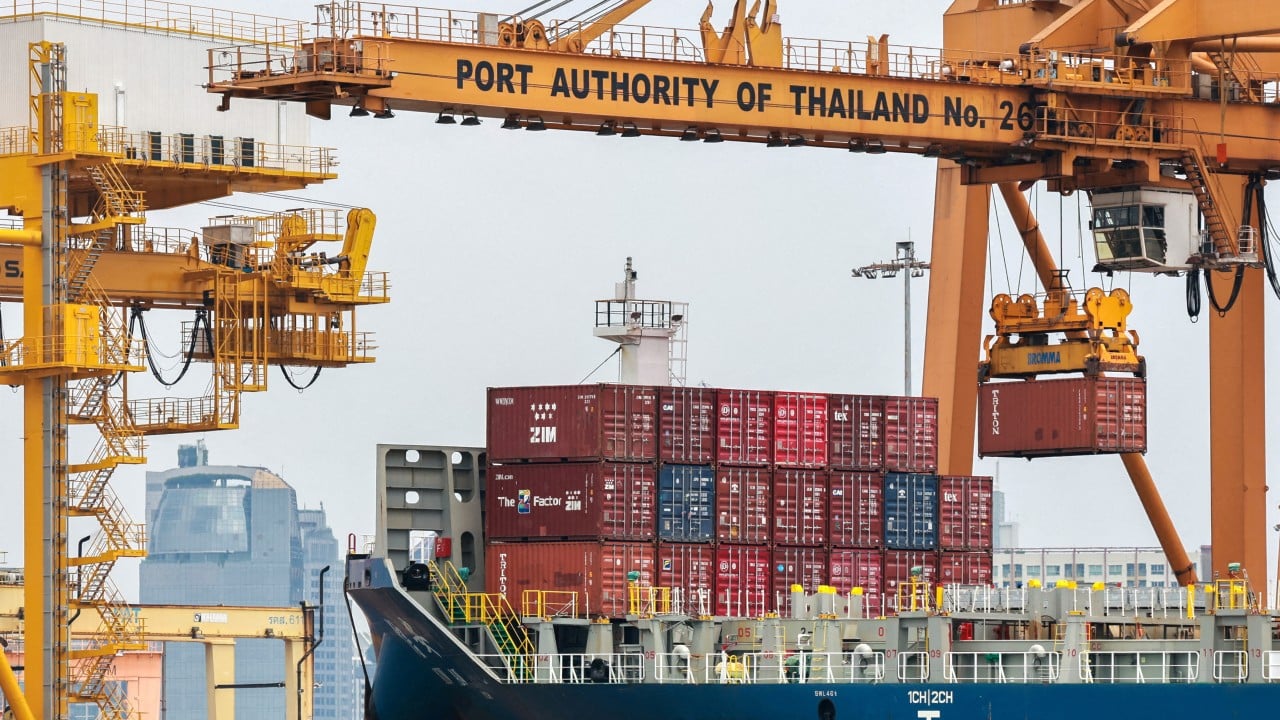US President Donald Trump’s “Liberation Day” tariffs pose major challenges for trade-dependent economies, including Thailand. In response, the Thai government has prioritised increasing imports from the United States and diversifying export markets. While the 90-day pause of tariff escalation offers relief, it risks fostering complacency, as the government’s current approach may prove inadequate.
Advertisement
The new US tariffs came as a shock to many for two key reasons. First, the tariffs apply to imports from nearly all countries. Second, the tariff rates are considerably higher when compared to the US’ current “most favoured nation” weighted average. Thailand now faces a 36 per cent tariff. Cambodia a 49 per cent tariff, Laos 48 per cent and Vietnam 46 per cent. Even with the 90-day pause in tariff escalation announced on April 9, a new minimum rate of 10 per cent remains in effect for goods imported from all countries.
The consequences will be particularly harsh for trade-dependent developing countries like Thailand. Since the late 1970s, trade has been a major driver of rapid economic growth and structural change in the country, shifting labour from agriculture to manufacturing and services.
A distinctive feature of Thailand’s trade framework is its ability to create jobs through labour-intensive manufacturing exports. Since 1990, liberal trade and investment policies, along with lower transport and communication costs, have deepened Thailand’s integration into global value chains. Today, the country is a major hub for the automobile and electronics industries.
In this context, Trump’s tariffs are set to have a substantial effect on the Thai economy. The US is the country’s largest export market, accounting for about 17 per cent of total exports. Thailand has long maintained a trade surplus with the US, and exports remained strong even during the Covid-19 pandemic, showing their strong economic connections.
As Sino-US trade tensions have escalated, many of the items exported from Thailand to the US between 2018 and 2022 were once sourced from China. This includes electronics appliances, air conditioners, hard disk drives, photosensitive semiconductors and image sensors. More crucially, Thailand is heavily reliant on the US market for many products.

